What’s the best TV brand? When shopping for the best TVs, LG, Samsung and Sony stand out as top brands, delivering top quality among the many options you have to choose from. But knowing what makes one TV or brand different from another can be confusing.
The brand name on a new TV can tell you what sort of smart features it offers, what technologies are inside and even how reliable the set will be over time. Finding the brand that best fits what you want can help, whether you want smart functions, picture enhancements or just something that works with the stuff you already own. Finding the brand that best fits what you want can help, whether you want smart functions, picture enhancements or just something that works with the stuff you already own.
We test dozens of TVs every year, from the top premium models to the most affordable budget systems, and the differences between the best TV brands and the worst can be huge. We’re here to help you understand what stands out for each of the leading brands, and why one might be a better choice than another.
There are plenty of TV brands out there, but when it comes to which is best, it’s LG vs. Samsung vs. Sony. Each brand offers a unique ecosystem of products and services, and focuses on different aspects of the smart TV experience, making them better-suited to specific uses and needs. Keeping in mind that each model of TV will have its own unique blend of strengths and weaknesses, which we highlight in our in-depth testing and reviews, here’s how the three best TV brands stack up.
The latest LG, Samsung and Sony TV reviews
Here are the latest TV reviews from LG, Samsung and Sony.
But keep an eye out for new models coming soon. All three manufacturers announced their upcoming models at CES 2021, and the new TVs will benefit from major changes in display technology and clever features that may attract shoppers away from their favorite brands.
See our favorite new TVs coming this year in our roundup of the best TVs of CES 2021. Or check out the announcements from LG, Samsung and Sony for more information about the specific models and features we’ll see in the coming months.
The LG CX OLED TV stands out among the TVs of 2020 thanks to the stunning picture offered by its OLED panel, impressive sound and a great collection of smart features. Obviously, with an OLED panel providing rich black levels and pixel-perfect illumination, the contrast and clarity are superb, but it’s matched by the 2.2 channel sound and Dolby Atmos audio support. With Google Assistant and Amazon Alexa capability built-in, it offers the best of both voice assistants, right from the convenience of your couch. And connectivity is the best on the market, with HDMI 2.1 ports that top competing sets.
Available in sizes ranging from 48 inches up to 75 inches, it’s the OLED to get regardless of what size room it’s going into. And while it’s more expensive than most of the LCD TVs we’ve seen, it’s surprisingly affordable for an OLED set, offering the best display technology available for as little as $1,500.
Read our full LG CX OLED review.

The Samsung Q80T TV combines quantum-dot enhanced picture, clever smart features, a powerful Quantum processor and impressive Object Tracking Sound to create one of the most formidable Samsung QLED sets yet. We were especially impressed with the set’s excellent color quality and HDR performance, though you will have to accept that Samsung TVs don’t offer Dolby Vision support. Another great feature? In addition to Samsung’s Bixby voice assistant, you can set up the TV with Amazon Alexa or Google Assistant, with or without a smart speaker.
And while it’s not Samsung’s most premium 4K smart TV, it’s really, really close. The only real differences between the Q80T and the more expensive Samsung Q90T QLED TV is that the Q80T has it’s ports on the TV, instead of a separate box – well, that and a couple hundred dollars in the purchase price.
Read our full Samsung Q80t QLED TV review.
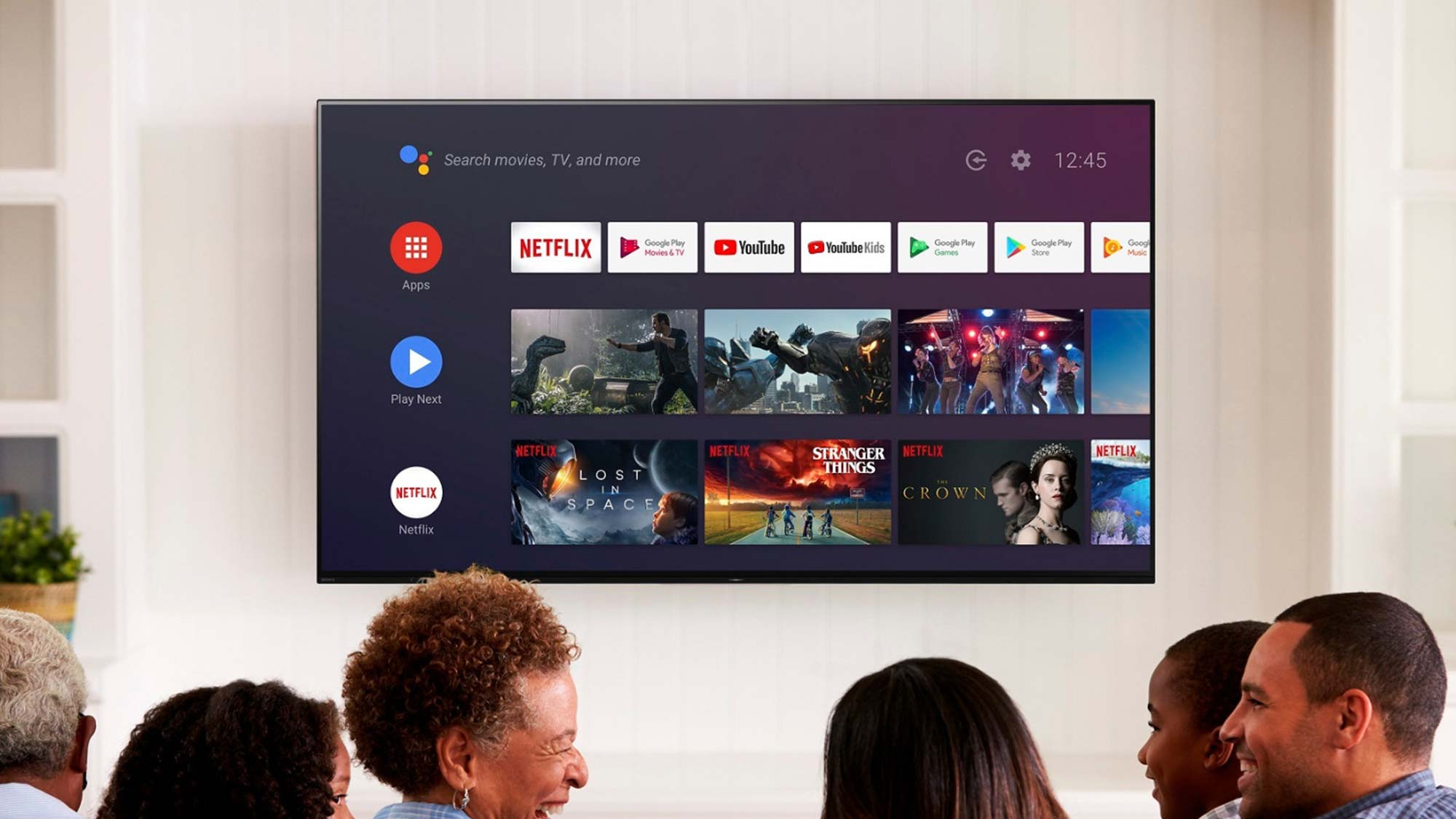
The Sony Bravia A8H OLED TV wowed us, not only because of the beautiful 4K picture, impressive motion smoothing and abundant smart home compatibility, but also because the OLED manages to sell for a more competitive price than past premium Sony sets. The sound is stunning, thanks to Sony’s Acoustic Surface Audio, and it has great smart TV capability thanks to Android TV.
Sony’s powerful processing delivers smooth and clear picture quality, even when upscaling from lower resolutions, and the smart capabilities are excellent. Google Assistant is built in, along with Google Chromecast for easy mobile sharing, but you also get optional Amazon Alexa support, and support for Apple HomeKit and AirPlay, making it an easy addition to any smart home ecosystem. All told, it’s one of the best TVs of the year.
Read our full Sony Bravia A8H OLED TV review.
Samsung
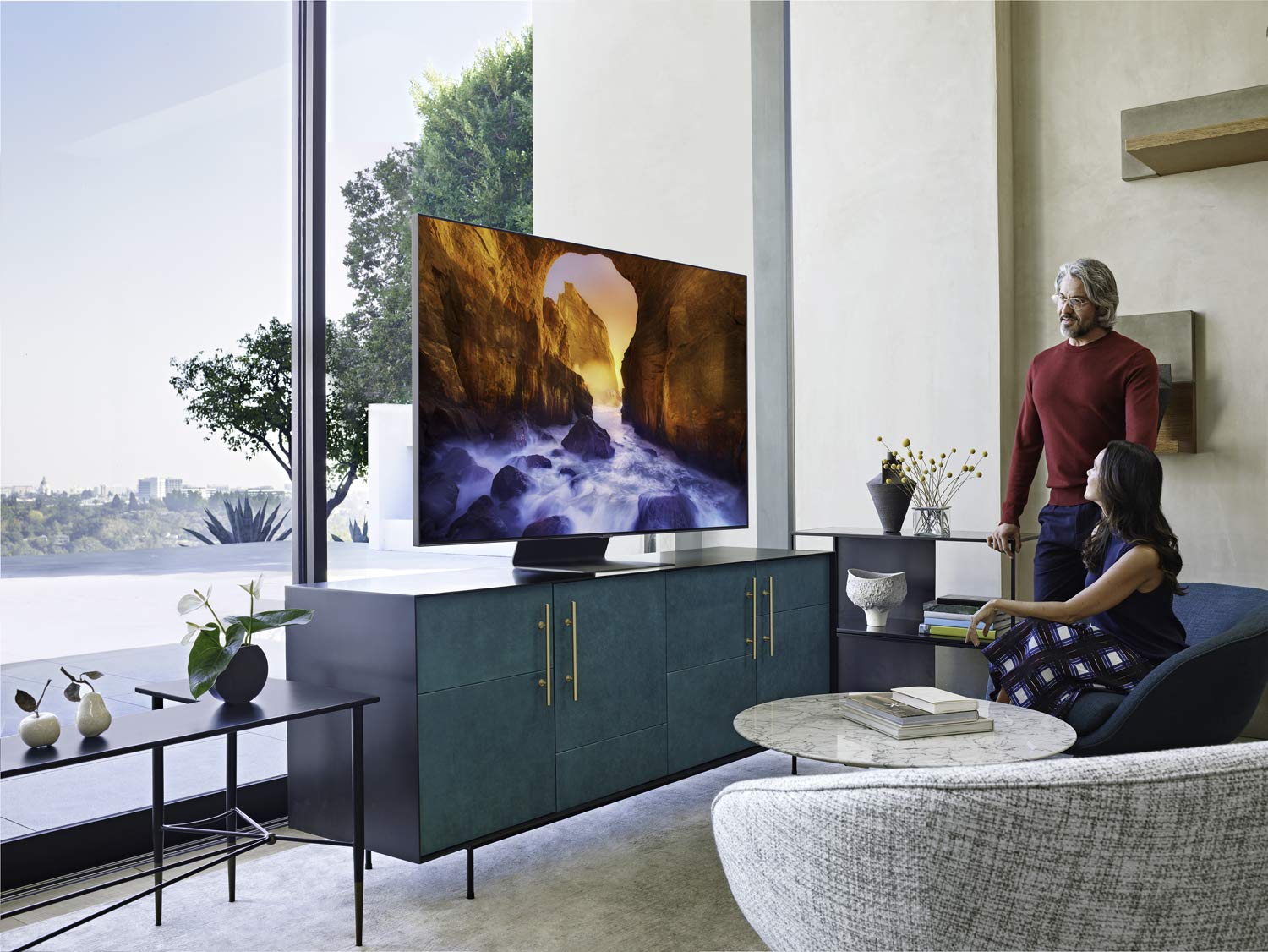
Samsung is a major player in the TV world, in part, because its quantum-dot-enhanced LED displays offer great picture quality without the expense of OLED. And with brighter backlighting and wide viewing angles, Samsung’s QLED TVs even surpass OLED in some ways. Samsung’s smart TV experience is rich and full-featured, with some of the best smart home integration we’ve seen, even on affordable models. While Samsung TVs have their issues, like the lackluster Bixby smart assistant and a lack of Dolby Vision support in favor of Samsung’s proprietary HDR10+ format, it’s still easy to see why Samsung is one of the best TV brands you can choose from.
Here are some of our favorite Samsung TVs:
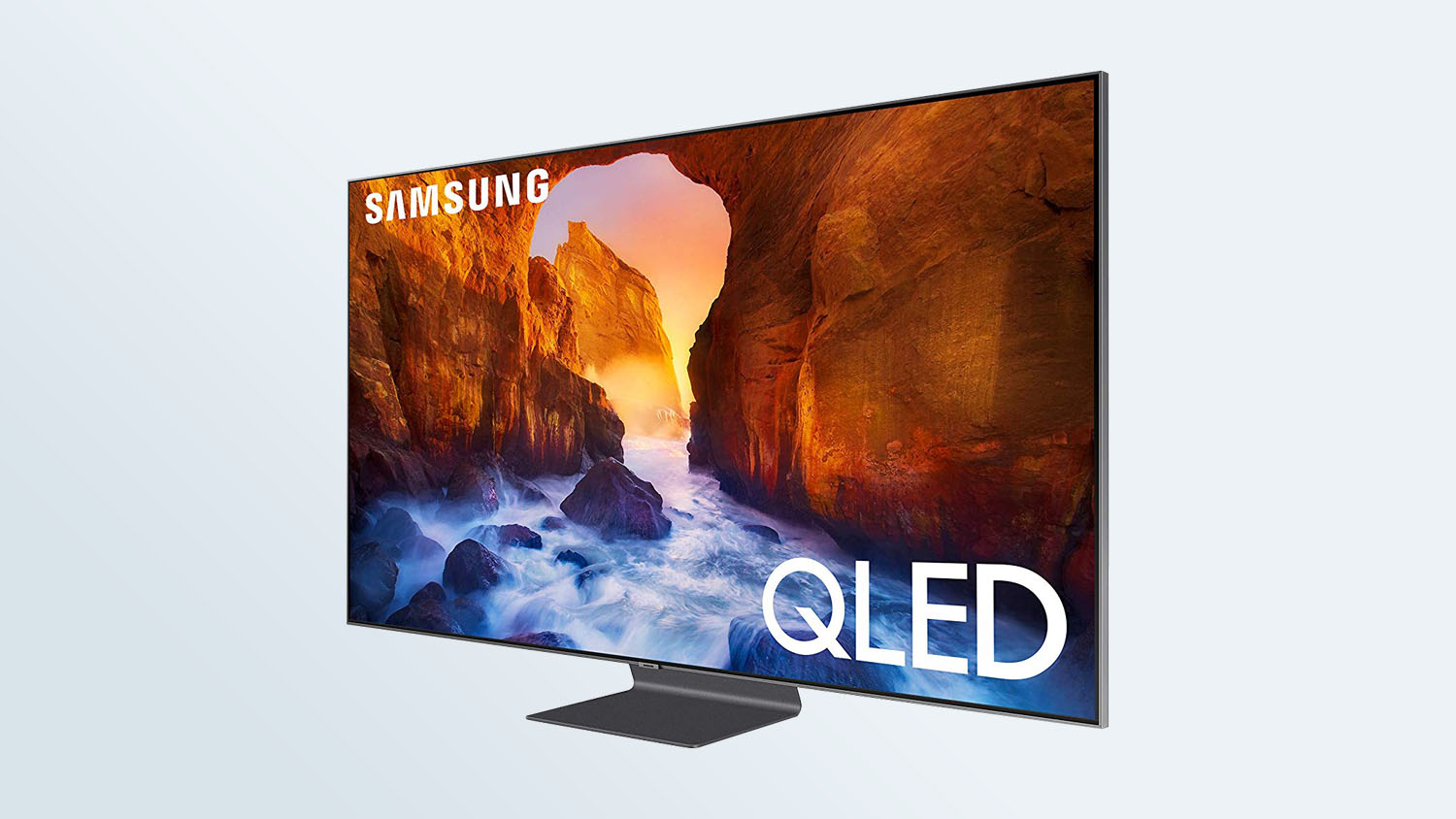
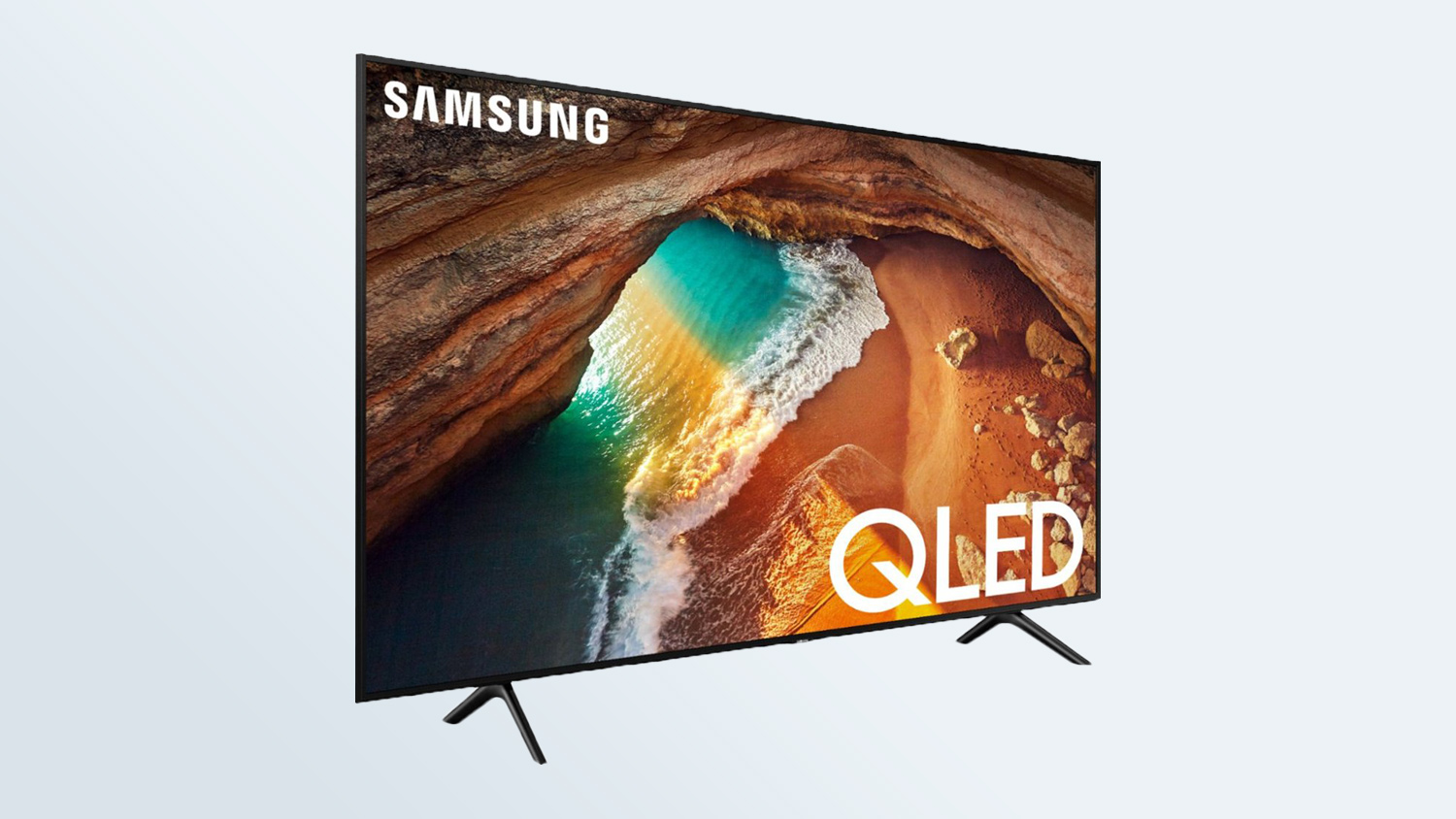
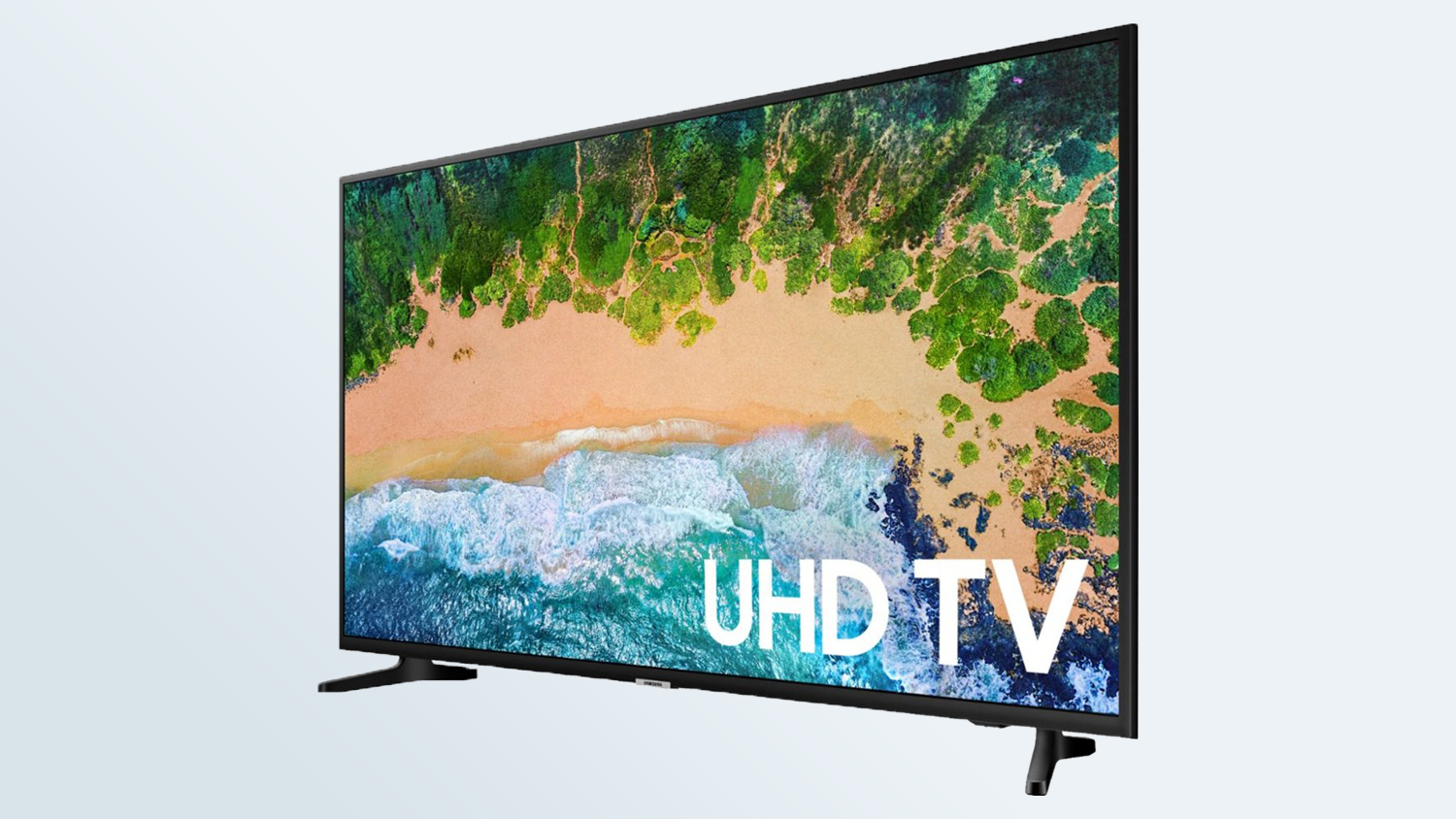
Samsung is the biggest name in the TV world, in no small part because the Samsung QLED lineup offers the best version of LCD display out there, with picture quality that rivals that of OLED and even exceeds it in certain aspects.
Whenever someone says, “I’d like an OLED, but …” my advice is always the same: Check out Samsung’s QLED TVs for a fantastic OLED alternative. Even when comparing the recent Samsung Q90 QLED TV side by side with an LG OLED, I was hard-pressed to find many distinctions that could be considered flaws in either product, despite the Samsung set being about $300 less expensive. When it comes to OLED alternatives, Samsung is definitely the best TV brand to turn to.
Enhanced with a layer of quantum dots, which deliver better color and brightness than you’ll find on traditional LCD displays, Samsung’s QLED panels also come with a number of additional enhancements. These include wide-angle viewing and a blazing backlight that offers brighter highlights and more vivid color, even in brightly lit environments.
While less-expensive models don’t offer the quantum-dot enhancements seen on the QLED line, Samsung’s standard LCD models still offer strong performance with decent brightness and HDR performance, as well as strong color reproduction.
Samsung also delivers excellent aesthetics, with designs that look good even from behind. And if the regular QLED line isn’t fancy enough for you, you can also check out the design-focused Frame and Serif TVs for a more artistic option. The stylized designs aren’t as pronounced on less expensive models, like the Samsung 65-inch LED NU6900, but even more-basic models tend toward the chic.
But the other area where Samsung really stands out is its smart TV experience. The Samsung Smart TV platform — available on the full range of Samsung smart TVs, from pricey to affordable — offers a wide assortment of apps and plenty of customization options. But it delivers a lot of capability in an easy-to-navigate format.
Samsung’s smart home integration is second to none, providing easy compatibility with the entire Samsung SmartThings ecosystem and plenty of third-party devices. It’s actually our favorite smart TV option for connected-home enthusiasts.
And if you’re one of the few people in the market for an 8K TV, the Samsung Q900 QLED line offers the widest range of sizes, from a relatively reasonable 55-inch model up to a giant 98-inch model.
Samsung also offers the only outdoor TV from a major manufacturer, with the newly announced Samsung Terrace outdoor TV, a 4K QLED smart TV that features the same sort of weather-proofing and daylight-friendly display you’d get from a specialty set, as seen in our SunBriteTV Veranda outdoor TV review. But unlike other outdoor models we’ve looked at, the Terrace boasts a quantum dot display, full-array backlight with local dimming, and all of the smart features you expect from a premium Samsung TV.
But Samsung’s excellent TVs aren’t without their drawbacks. The biggest are self-imposed by Samsung, such as the reliance on Bixby, Samsung’s proprietary voice assistant. Using Bixby feels fine when it works. But when it doesn’t, it’s an exercise in frustration that will leave you barking commands into your remote control over and over again, hoping that this time you’ll be understood. In 2020, Samsung has largely fixed this problem by simply adding built-in support for Amazon Alexa and Google Assistant.
The other self-inflicted problem? Samsung’s attempt to compete in the HDR format war with HDR10+ means that the company’s TVs don’t support Dolby Vision, arguably the best version of HDR out there. And with HDR10+ content limited to select Blu-ray discs and players, and streamed only on Amazon Prime Video, it’s a gap in the TV experience that won’t be adequately filled for most people.
LG
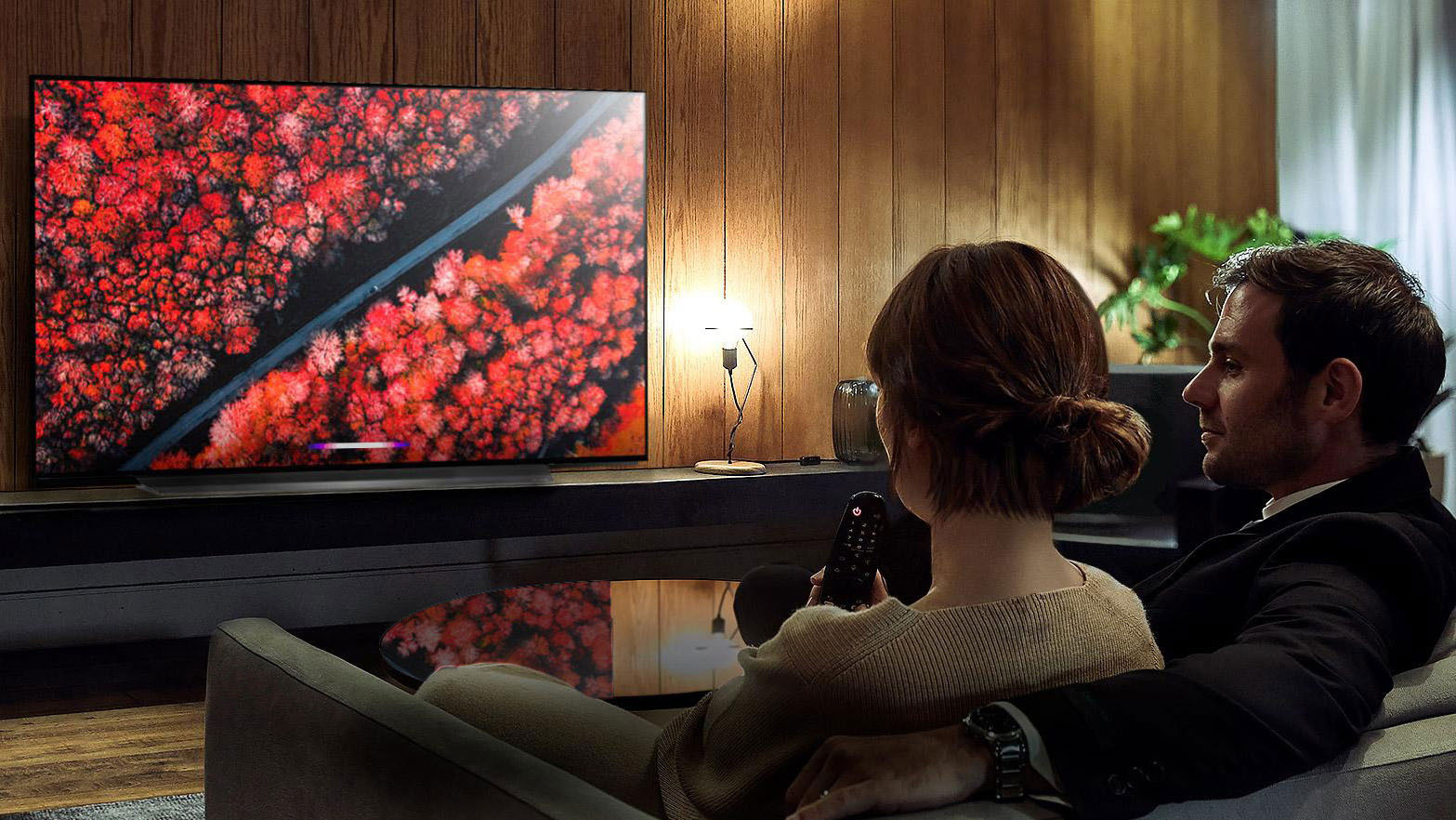
Whether it’s a stunning OLED TV or one of the more affordable NanoCell models, LG’s TVs are top-notch. As the leading OLED brand, there’s no doubt that LG is the name to know, but all of LG’s smart TVs get the excellent webOS platform, and many of the sets have Google Assistant and Amazon Alexa built in. In addition to being the smartest TVs around, they’re also the best connected, with LG embracing the HDMI 2.1 standard before competitors. Granted, OLED is sometimes dimmer than comparable LCD-based TVs, and LG’s own NanoCell TVs have some flaws, but LG is easily the best TV brand for OLED and is a great choice for any smart TV.
Here are some of our favorite LG TVs:

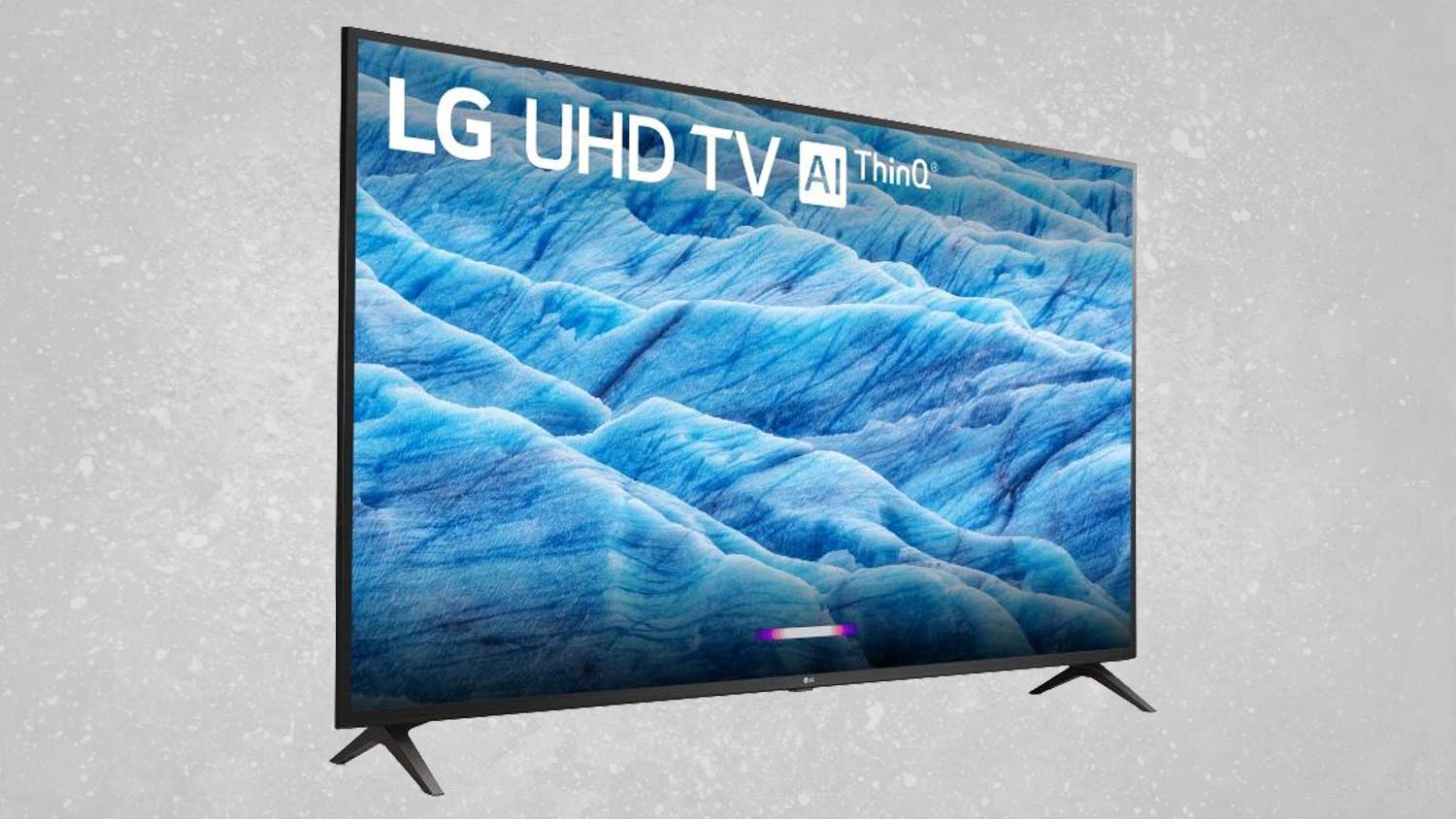
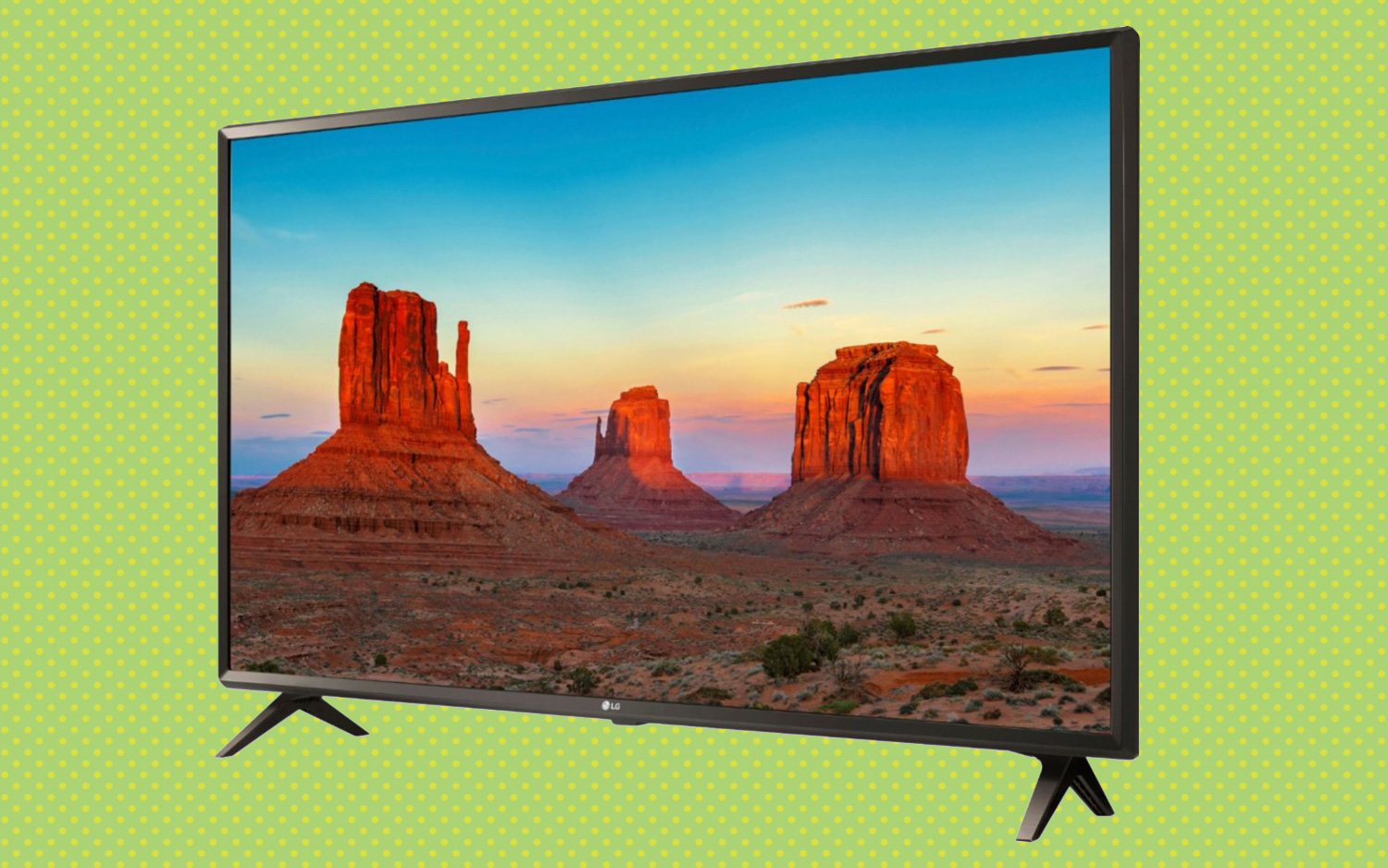
LG’s TV lineup encompasses everything from inexpensive full-HD TVs to premium home-theater displays, but if there’s any one thing associated with the LG name, it’s OLED. The Korean manufacturer has led the industry on organic light-emitting diode technology since the first LG OLED TV, in 2013.
Today, LG’s OLED lineup includes our favorite TV of 2019, the LG C9 OLED, and extends to radical new takes on what a TV looks like and how it functions. Look to the impressive W-Series Wallpaper TV (recently updated as the 2019 LG W9 OLED) and the upcoming Signature Series R Rollable TV (coming in 2020).
The beauty of OLED is undeniable, offering a superior blend of color reproduction, top-notch accuracy and lighting that surpasses anything an LCD can offer. This last item, per-pixel illumination, is where OLED really shines, allowing the display to deliver perfect blacks and the brighter brights of high-dynamic range (HDR) content without that bright glow spilling over into other parts of the display.
Even without OLED, LG offers competitive display quality in the company’s midrange models, thanks to what LG calls NanoCell technology. Unlike the quantum dots that provide a perkier picture on Samsung QLED TVs, LG’s NanoCell technology is all about maximizing color quality by removing unwanted color from the display’s 8 million pixels, providing truer, brighter color. That nano-scale filtering also delivers deep blacks and wide viewing angles, providing an excellent level of quality for a standard LCD.
LG is also the only TV manufacturer presently offering HDMI 2.1 connectivity on its sets. The higher bandwidth of the 2.1 standard allows for high-frame-rate content, variable refresh rate (VRR) for gaming and Enhanced Audio Return Channel (eARC) with lossless audio.

The LG C9 OLED offered the new standard on all four of the set’s HDMI ports, and that same support is coming to all of LG’s 2019 OLED models (W9, E9, C9) and 4K NanoCell TVs (9500 and 9000). For a deeper dive into HDMI 2.1, check out our article What Is HDMI 2.1? Here’s Everything You Need to Know.
But LG has also pushed hard on the smart aspects of smart TVs, refining webOS, which we named the best smart TV platform in 2018, with enhanced smart home features and one of the best Google Assistant commands and best Alexa skills to offer. And while LG’s midrange models may have LCD displays instead of the finer OLED, they still feature the webOS smart platform without sacrificing the features that make it our top pick.
The sets also offer some real appeal to anyone picky about picture quality. With display quality good enough to be used by Hollywood editors, the current LG TVs boast a lot of technical features, like a built-in pattern generator for display calibration. And with dedicated high-performance picture modes bearing the names of Technicolor and the Imaging Science Foundation (ISF), the options for fine-tuned picture quality are superb.
And for the 8K shoppers out there, we were extremely impressed with the LG 88-inch Z9 8K OLED TV, which is not only the first 8K OLED to come to market, it’s also one of the best displays on the planet.
At the end of the day, LG is the best TV brand for anyone who wants both high-quality performance and solid value for the money.
Sony

Sony’s TVs deliver some of the best picture and sound available, with impeccable OLED sets and superb LCD TVs. The smart TV experience is also very good, with the vastly improved Android TV Oreo and Pie platforms, which come with built-in Google Assistant and Chromecast. And for the best Netflix experience you can get, Sony’s Netflix Calibrated mode is a brand exclusive. However, Sony TVs are consistently the most expensive on the market, and clunky remotes and complex menus are less than ideal, even if Sony is the best TV brand for unadulterated picture and sound.
Here are some of our favorite Sony TVs:
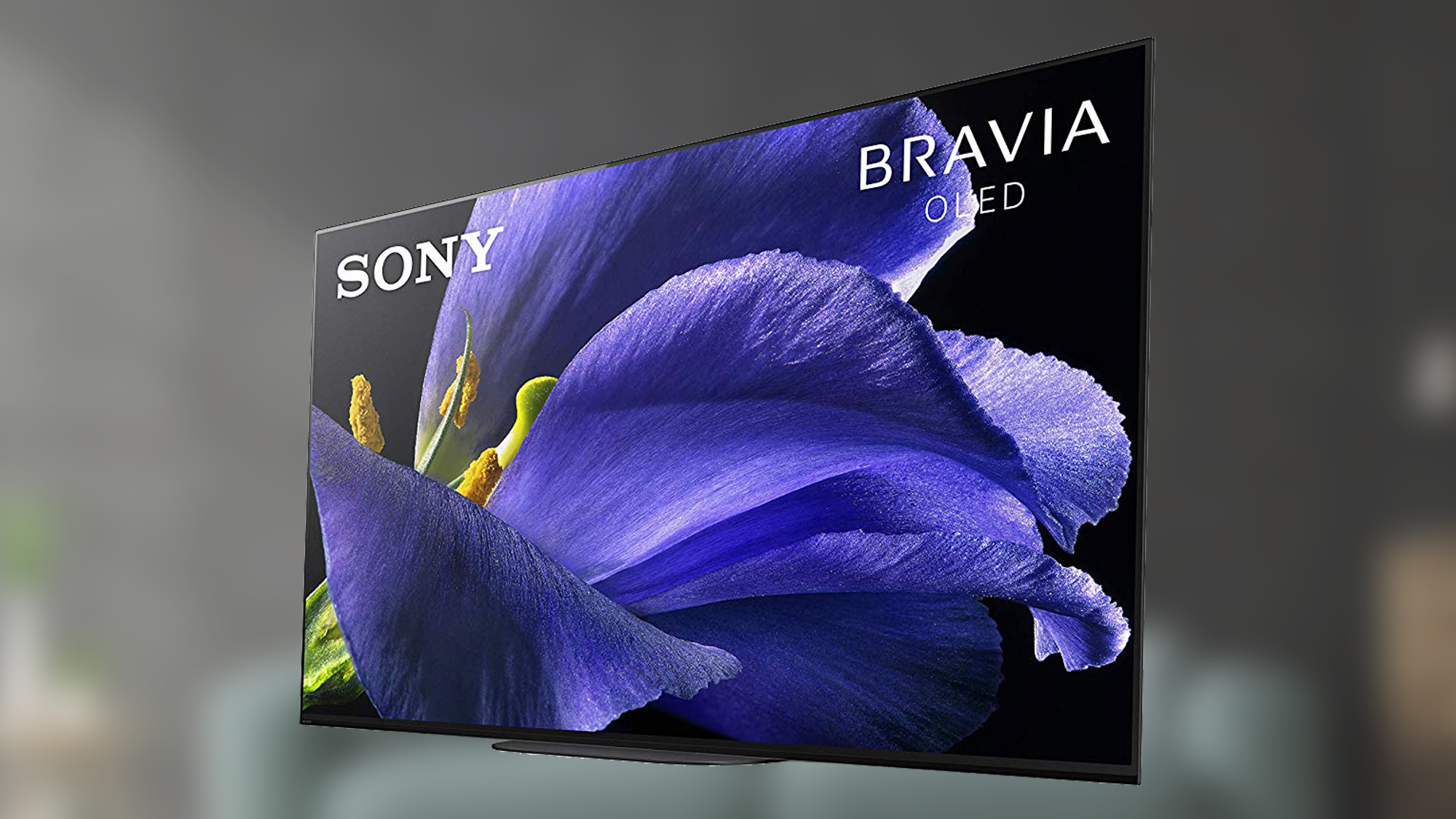

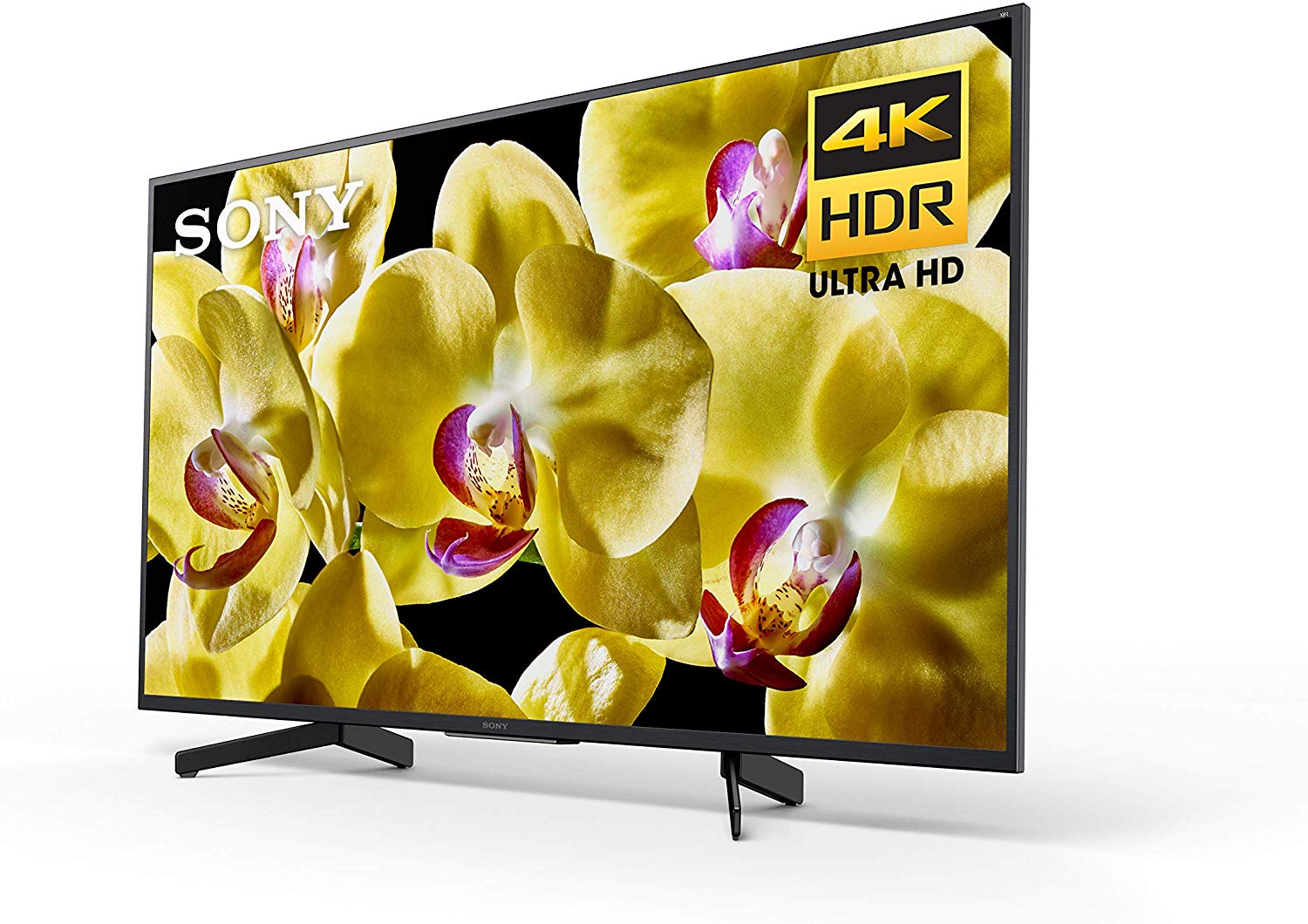
Last but not least, we have Sony. Once the reigning champion of all things A/V, Sony’s presence is still big in the TV world. And rightly so, given that the Sony name graces what is undeniably the best-looking TV we’ve seen, the Sony Master Series A9G OLED TV. Even on standard LCD displays, like the Sony X950G 75-inch Android TV, viewers can expect rich, lifelike color, thanks to Sony’s excellent video processing and support for 10-bit color and several HDR formats. If you want the best TV brand for picture quality and superb sound, there’s no question that it’s Sony.
The A9G is one of many Sony TVs that delivers impeccable picture quality, fantastic sound and impressive overall performance. And with features like Acoustic Surface Audio+, which uses the glass panel of the OLED display as the source of sound, the sound quality isn’t just good; it’s more immersive than anything offered with traditional built-in speakers. And even on Sony’s LCD TVs, like the Sony X950G 75-inch Android TV, the effect is replicated with a special array of speakers above and behind the display.
Android TV is Sony’s smart TV platform of choice, and the Android experience has gone from good to great in the last year, with an upgrade that delivers faster responsiveness, a cleaner interface, and a rich ecosystem of apps and services through the Google Play Store. The new platform also comes with full Google Assistant functionality built in, optional Amazon Alexa support through a forthcoming app and built-in Chromecast for easy content sharing from mobile devices. We loved the new Android TV on the Master Series A9F OLED, and we enjoyed it even more on the Sony X950G, which gets Sony’s newly redesigned remote control.
On the 8K front, Sony is offering some of the biggest and best looking models out there, with the Sony Master Series Z9G 8K TV coming in 85- and 98-inch models. While hardly budget-friendly, the 85-inch model is among the most affordable, at $12,999.
But a few consistent problems dog Sony’s excellent equipment. Sony’s settings menus tend to be labyrinthine in their complexity, which makes it even more frustrating that some features are turned off by default. Connect a 4K-ready game console, and you’ll need to dig through three or four layers of menus to find the option to enable 10-bit color support. It’s a confusing problem, but Sony TVs regularly lock away basic functionality behind settings that need to be manually changed.
Finally, as good as Sony’s TVs can be, they also tend to be more expensive than competitors. This is especially true of Sony’s OLED models, which regularly cost several hundred dollars more than equivalent models from LG. Sony’s products may be great, but not everyone is ready to shell out a few hundred extra dollars for similar levels of quality and performance.
Source link








































